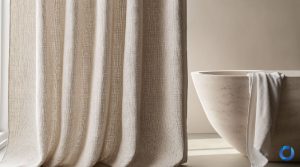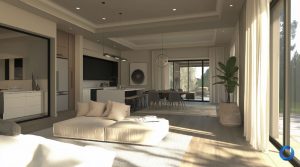
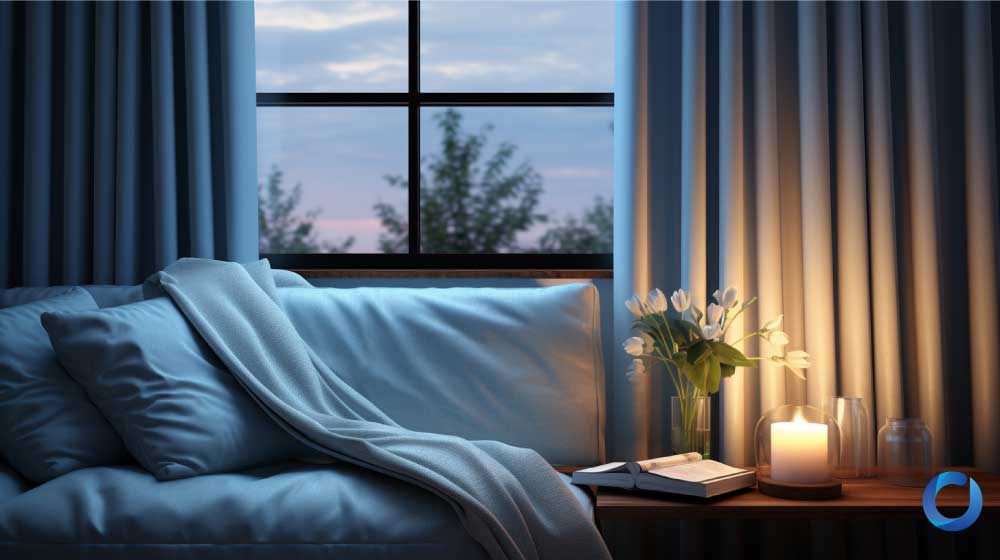
Global warming and diminishing energy resources make sustainable living more important than ever before. To reduce the impact on the environment, many homeowners are exploring greener home solutions and using energy-efficient appliances such as smart thermostats, solar panels, or LED lighting. They also figure out that using energy-efficient curtains is another simple yet highly effective way to optimise energy efficiency in their home. It’s true – energy-saving curtains have been developed as a fashionable and useful way to reduce our carbon footprint. These curtains are wonderful energy savers that make living spaces not only eco-friendlier and more sustainable but also aesthetically pleasing.
So, in this article, we’ll pull back the curtains and delve into the advantages of energy-efficient curtain designs and how these curtains can transform the interior of your home into a greener paradise.
Why Energy-efficient Curtain Designs are Important?
Energy-efficient curtains play a huge role in improving the energy efficiency of a house. They are designed with exclusive materials and built with unique construction methods and procedures that can control the transfer of heat and offer insulation. As a result, there is lower energy usage for cooling, heating, and lighting.
Energy-efficient curtains are designed in a way that can reduce heat gain during summer months and prevent heat loss in colder weather. This eventually leads to a reduction in energy consumption and reliance on HVAC (heating, ventilation, and air conditioning) systems, which helps to minimise the energy cost. Yes, you may have to spend extra money to buy energy-efficient curtains, but this will later be offset by the long-term savings gained due to the reduction of energy consumption. There will be less wear and tear on HVAC equipment, and lead to a longer lifespan of the systems. Therefore, you don’t have to spend extra money to replace them or for maintenance.
The conserved energy also corresponds to a lower carbon footprint and impact on the environment, leading to a more sustainable way of life. These curtains minimise the release of greenhouse gases and prevent climate change by reducing dependency on fossil fuel-based energy sources.
Moreover, the use of energy-efficient curtains enables you to make the best use of natural light in your living space. As more sunshine is allowed into the room, you will be less dependent on artificial lighting throughout the day. The filtering of the sunlight by the energy-efficient curtains protects your carpets, furniture, or artwork from being discoloured, deteriorated, or has faded colours. Therefore, the aesthetics and longevity of your valuables can be maintained.
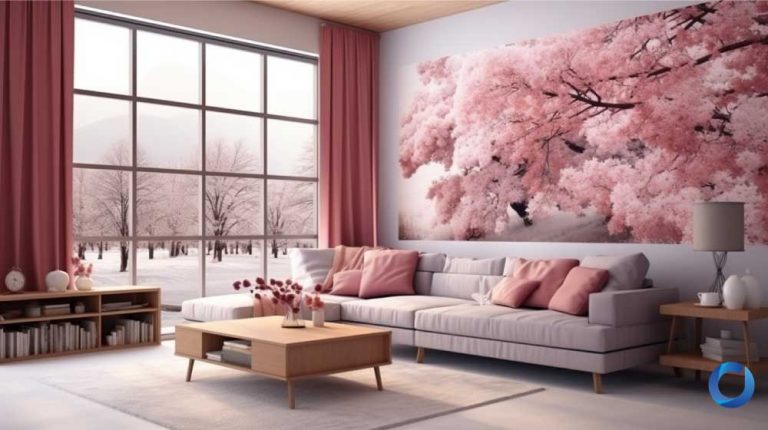
Say Yes to Insulating Curtains
Interior designer Kay Wallett shares that the trick of keeping your home warm and cosy is the insulating curtains. These are amazing curtains that are usually composed of many layers of thick fabric or are lined with insulating materials that act as a solid barrier between the external temperature and what’s inside of a living space. What’s special about them is they can conserve a significant amount of energy while also preventing gusts of draught or soaring summer sunshine from entering the room. As a result, less heat will be lost during the winter, and less heat will be gained during the summer. You can forever bid farewell to extreme temperatures as insulating curtains continuously maintain your house at the ideal temperature all year. Moreover, these curtains can save you money on your energy costs by lowering the load on your heating and cooling systems.
Indoor Temperature Regulation
Thermal curtains are different from insulating curtains as they use innovative technologies for temperature regulation and may provide additional functions like noise reduction, light blocking, and UV protection. These curtains typically consist of a specialised thermal coating or lining that assists in thermal insulations. This lining is made from a reflective material which assists in the blocking of sunlight and the reduction of heat transmission. This attribute is particularly useful in areas with high temperatures or in rooms with direct sunlight since it may avoid overheating while simultaneously maintaining the coolness of the space. Thermal curtains may also retain heat within the room during wintertime, enhancing energy efficiency while also keeping the interior warm. Thermal curtains support a greener and more environmentally friendly cause by lowering the dependency on artificial heating and cooling systems.
As explained by architect Joaquín Pérez-Goicoechea,
“Curtains play an important role that contributes to both thermal and acoustic comfort. They are one more layer, on an already insulated wall, offers greater comfort and warmth.”
Blackout is the Knockout
“Blackout curtains refer to drapes that are designed to completely block out the light thanks to either type of lining, woven fabric or back coating they are produced with.” -Brendan Pocock, Director of an interior design company
Blackout curtains are an excellent addition to any residence looking for a greener, more sustainable way of living. These light-blocking curtains not only filter out unnecessary light and offer privacy, but they also help conserve a lot of energy. They are made of thick, non-transparent materials that act as insulators by decreasing heat transfer and assisting with keeping a stable temperature in your living space. This characteristic makes them especially beneficial in rooms with huge windows or areas with direct sun exposure. They can maintain your room naturally cooler on sunny days, reducing the demand for air conditioning and resulting in energy savings. Click to look for Blackout curtains.
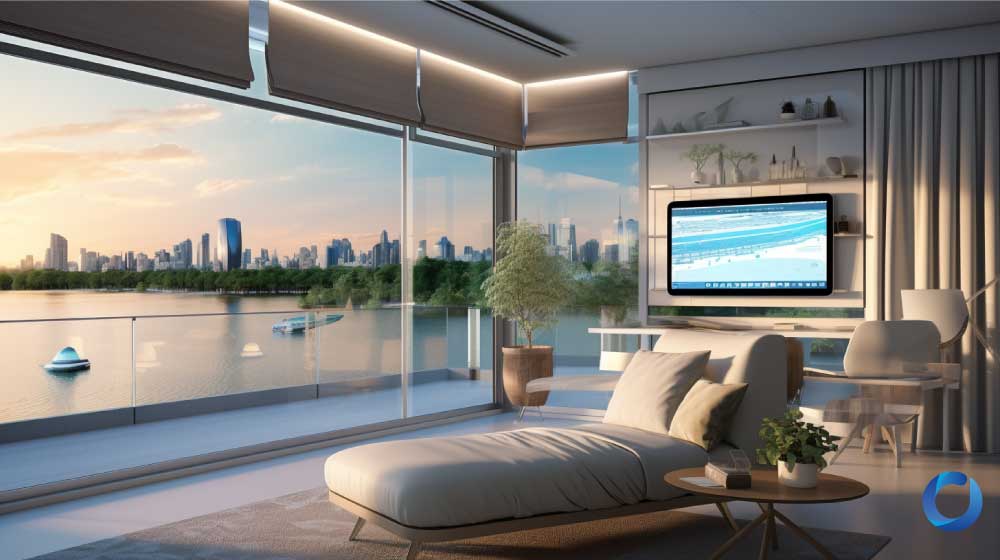
Reflect the Bad, Keep the Good
As an eco-conscious person, you may also see the immense benefit of using solar-reflective curtains in your home. These revolutionary curtains have been especially used to reflect sunlight, limiting excessive heat absorption and lowering the demand for air conditioning. The material of these curtains is tightly woven, which has reflective metallic layers or coatings. These coatings act as light reflectors, stopping a substantial amount of sunlight from penetrating your abode and warming up the rooms inside. The prevention of solar heat is particularly useful in places with warmer climates or in interiors with large glazing as the inside temperature is kept low without sacrificing natural light. At the same time, your cooling systems do not have to bear excessive heat load. Moreover, when a significant portion of sunlight is blocked, the glare and UV radiation from the rays can be reduced, which can prevent the colours of the furniture and floor from fading. The heating system in your home may also bear less strain on cooling your space as these curtains can trap the warm air inside, reducing heat loss through the windows. Lower demand for heating and cooling systems may prolong their lifespan and minimise the need for repairs or replacements.
Has All the Smarts
Smarts curtains, or otherwise known as motorised or automated curtains, are the latest innovation for building a greener home without compromising energy efficiency and convenience. These curtains are typically equipped with remote controls or can be programmed for automatic opening and closing at specific times daily.
A smart window system developer, Kaj Beetstra shares,
“Now, there are options for smart curtains that simply clip onto your existing rail or pole. These can be controlled by apps and smart assistants, so you don’t have to worry about losing the remote.”
The seamless integration of the smart curtains with currently installed home automation systems like smart hubs or voice assistants makes you able to control the opening or closing of the curtains effortlessly using voice commands or by clicking on the right buttons on your smartphone apps. You can also synchronise the curtains with your smart home ecosystem such as your lighting systems or thermostats, which can improve energy efficiency.
The use of sunlight can be optimised while the demand for artificial light becomes lower as the functions of these curtains synchronise with the patterns of natural daylight. For example, during hot summer days, the curtains can close automatically to prevent excess heat, and when the winter days become sunny, they can open automatically to allow warmth into the room. This acts as an energy saver and makes your room cosier and more comfortable.
Furthermore, various curtain settings for different rooms may be programmed, adapting to individual tastes and optimising energy use depending on personal demands. Another interesting feature of smart curtain system is it can be connected to weather services, allowing real-time measurements of temperature, sunlight intensity, or weather conditions. This information can be used to adjust the position of the curtains automatically so that comfort and energy efficiency can be maximised. For instance, you can close them in the summer to block direct sunlight or open them in the winter to harness the warmth.
Even when you’re not at home, automated curtains may mimic occupancy by opening and shutting at different intervals. This function is known as presence simulation, which gives the impression that someone is there, which improves security and hinders possible burglars. Keeping an active appearance prevents unnecessary energy consumption from lights being left on all day and curtain timers being used.
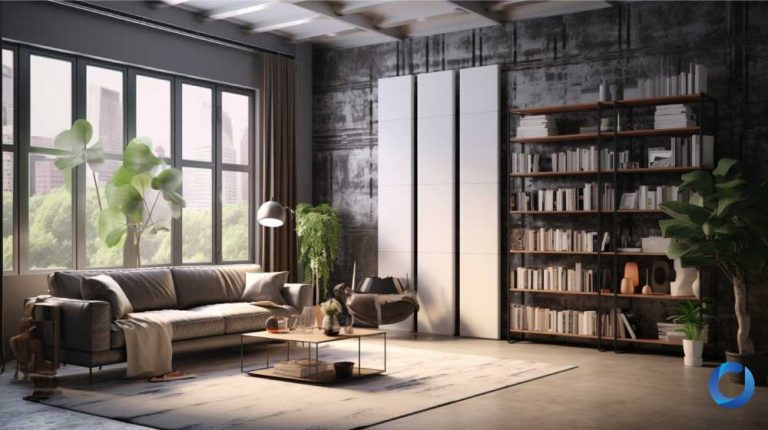
It’s Just Right
It is possible for heat to escape through gaps created by curtains that are too short or narrow. Therefore, it is essential that energy-efficient curtains are long and wide enough to cover the whole window area and create a tight seal. Curtains that extend beyond window frames and reach the floor or pool on the floor provide better insulation. This curtain length aids in the prevention of draughts and the maintenance of stable temperature around the windows. It is also important to choose curtains with enough width for them to overlap the walls on either side of the window. The overlapping of the curtains during the closing of the curtains serves as a tighter seal that keeps heat from leaking around their perimeter. Select curtains that are 1.5 to 2 times the width of the window if you want a fuller or more collected effect when they are closed. This additional fullness contributes to additional layers and greater insulation.
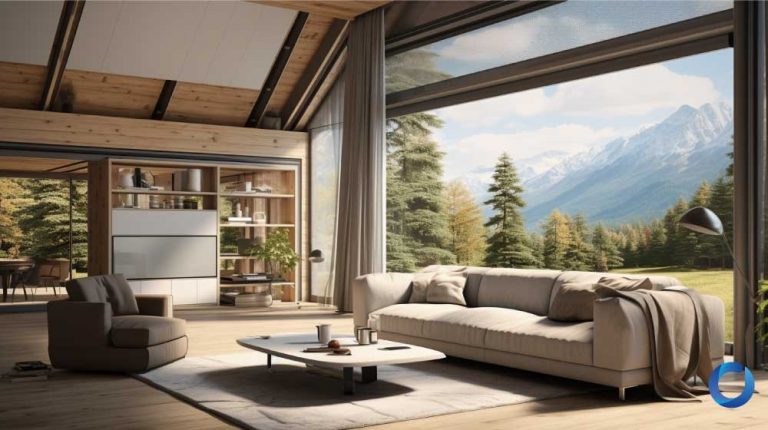
The Key is the Seal
Energy efficiency can be maximised by installing the curtains properly. Improper installation may decrease system effectiveness by as much as 30 percent, increasing your electricity bills while potentially decreasing the lifespan of the equipment. To avoid air from escaping at the borders, make sure that the curtains fit securely against the window frame. Consider using a track or rod with return arms that will allow curtains to overlap the walls on the sides and bottom, thus improving insulation and forming a tight seal. Place the curtains as near to the windows as you can to avoid heat from sneaking in through the sides of the curtains. One good way to do this is to secure the curtains to the sides of the window with Velcro or magnetic tape.
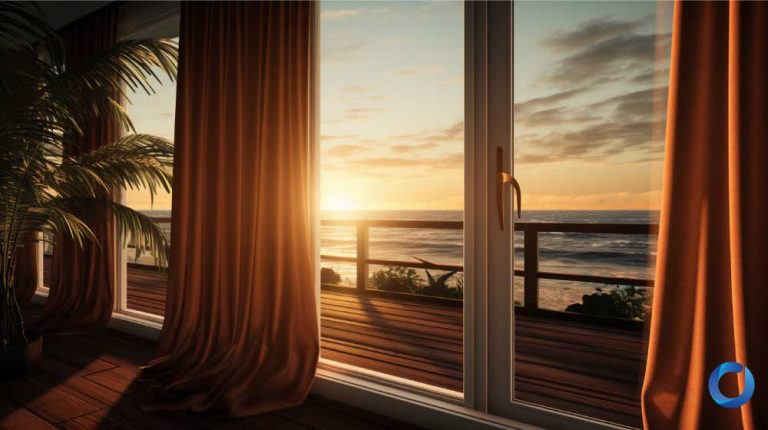
The Take-away
The designs of energy-efficient curtains are a practical and useful means to make your house more environmentally friendly. These curtains contribute significantly to energy saving and sustainability by optimising the use of natural light, limiting heat transmission, and lowering reliance on artificial lighting and heating systems. For each design of energy-efficient curtains that you choose to adorn your home, it contributes to the larger aims of sustainable living and environmental responsibility. They not only improve the visual appeal of your room, but they also provide substantial environmental and economic benefits. Here at Acacia Fabrics, we have different designs of energy-efficient curtains to choose from – each of which wonderfully fits your environmentally conscious endeavours.
Articles suggestion
Get started with these 12 Latest Trending Curtains Fabrics of 2023
Latest Curtain Designs in 2023
32 Koleksi Langsir Terkini dan Moden untuk Rumah
Falling in love with French Pleats for Curtains
Sheer Curtain Styles and Designs to Fall in love with in 2022
Panduan Langsir Eyelet untuk Apartmen
If you are searching for the perfect curtain to express your personality at home, talk to our sales representatives in here.

